Column: It’s time to end fracking
Photo credit: Niehs.nih.gov
Oil drilling can be deadly for the earth and people. Although there has been legislation introduced to Congress to create a buffer zone in communities, no laws have been passed.
March 21, 2021
The year is 1933. President Franklin Roosevelt has just taken office. After fighting the Great Depression for years, things are finally looking up. People are happy, money is circulating and Billie Holiday’s distinct voice is on every radio station across America.
However, as the United States started to thrive, President Roosevelt created two agencies named the Federal Home Loan Bank Board and the Home Owners Loan Corporation (HOLC). The HOLC’s purpose was to create maps that outline wealth in major cities that were to be used by banks, real estate professionals and appraisers to assess risks of losing money.
Looking at cities on a map, the HOLC outlined different neighborhoods using an A through D rating based on the economic desirability of the neighborhood, and the D level neighborhoods were outlined in red, which became known as redlining. HOLC used redlining to control and sustain racial and economic segregation within the cities. Black and immigrant neighborhoods were typically given a D rating, indicating a “hazardous” risk of losing money.
Once a neighborhood is redlined, it can have detrimental effects on the community’s economy. In Los Angeles, for example, LA’s famous freeways were used to make the level D neighborhoods less desirable. As a result, in Boyle Heights, 10,000 people were displaced, interrupting communities and reducing housing stock which was the beginning of the housing crisis that we still face in LA.
In 2021, neighborhoods that had lower grades still face the consequences. A study published in the Multidisciplinary Digital Publishing Institute showed that neighborhoods with historically lower ratings were significantly hotter, anywhere from five degrees to 12 degrees warmer in the summer than their affluent neighbors. This is partly due to the lack of trees to provide shade and asphalt that traps heat. In redlined neighborhoods, 12% of a neighborhood is covered with green space compared to the 42% in its White counterparts.
Redlining destroys the economic value of neighborhoods, specifically BIPOC neighborhoods that had lower ratings. In Gilpin, a neighborhood in Richmond, Virginia, for example, which was known as the “Black Wall Street” at the time, property value decreased and mortgages became increasingly difficult to get, and the community sunk into poverty. In the 1940s, Richmond embarked on the “slum clearance” project where they replaced lots with Richmond’s first segregated public housing project. In the 1950s, a freeway was put in, which further isolated the community.
In Richmond, the appraisers from the HOLC would automatically redline every Black neighborhood. Some neighborhoods were even given lower ratings because “Black families sometimes walked through”(Digital Scholarship Lab). In contrast, White neighborhoods were labeled A for the “respectable” neighbors and fancy homes. Redlined neighborhoods became targets for city planners to build undesirable infrastructure like fracking and oil drilling sites.
Fracking and oil drilling sites aren’t only bad for the environment, but for the people living in them. According to STAND-LA, “580,000 Angelenos currently live less than a quarter mile from an active oil well”. Toxic waste from those wells seep into their water sources and air, leaving damaging effects on the community. In 2010, South Los Angeles “had one of the highest asthma emergency visit and hospitalization rates in the county. In comparison, the Westside had the lowest asthma emergency visit and hospitalization rates”. Esri published a study that showed that “more than 71% of Latinos live in areas with the most polluted air” in Los Angeles.
On average, residents of neighborhoods near fracking and oil drilling sites live 12 years less than their wealthy neighbors, and “certain sections of census tract groups suffer some of the highest rates of cardiovascular disease, asthma, and low birth weight babies in all of California.”
These figures should scare you. It should scare all of us. As Angelenos, and ethical and moral people, we must come together to support communities that are trying to change their living situations.
STAND-LA, an environmental justice coalition, helps protect communities that are vulnerable to oil drilling. They recommend contacting local officials and telling them about our concerns on neighborhood drilling. Children, teens, adults, and elder alike suffer health consequences from big companies’ and officials’ inaction.
According to the Digital Scholarship Lab at the University of Richmond, “scholars have characterized HOLC’s property assessment and risk management practices, as well as those of the Federal Housing Administration, Veterans Administration, and US. Housing Authority, as some of the most important factors in preserving racial segregation, intergenerational poverty, and the continued wealth gap between white Americans and most other groups in the U.S.”
Racial justice coincides with environmental justice. Please register to vote.



















































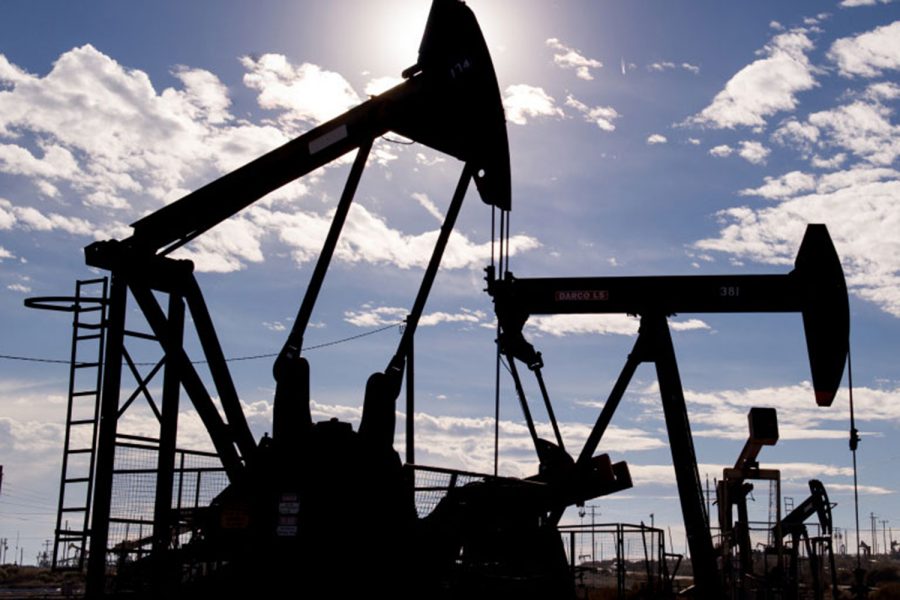





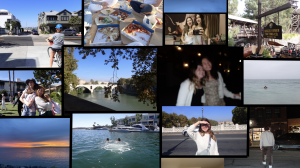

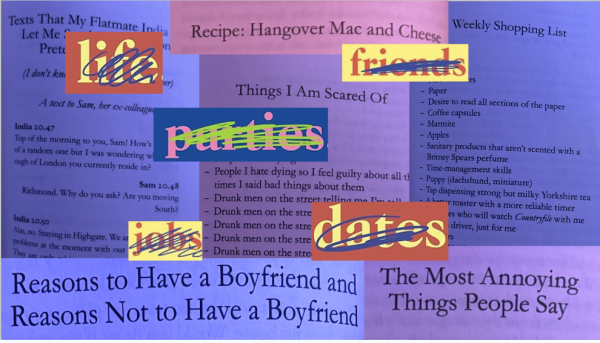

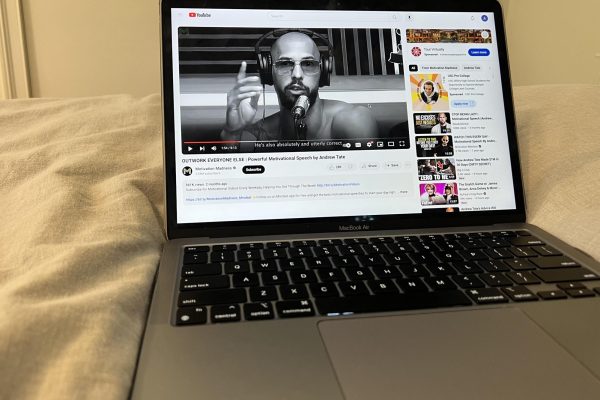
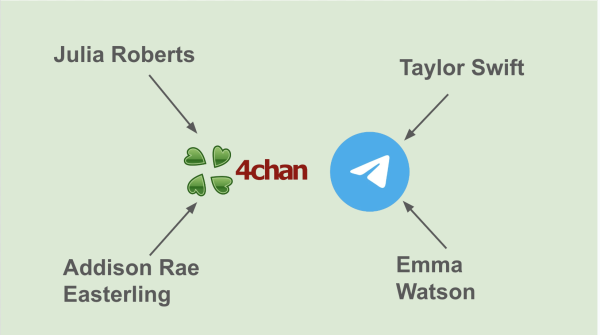
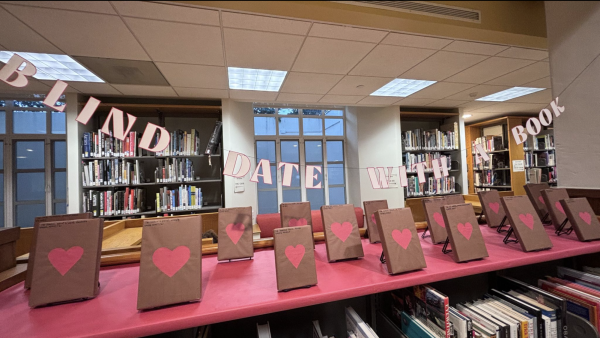




Tony • Apr 9, 2021 at 11:38 am
Apologies I hit submit before I was complete. For the reasons you stated above I don’t fit into either group neatly. Any advice on what I should do next?
Tony Luna • Apr 9, 2021 at 11:35 am
Bank you for your perspective. I share this with you. I am 50% Asian 50% Caucasian. I’ve recently been invited to participate in a diversity and inclusion training program for 5 days. 2 out of the 5 days the trainers have asked us to choose an affinity group to do the work. The 1st affinity group I can choose is the white group. The 2nd is the black, indigenous come up people of colour group.